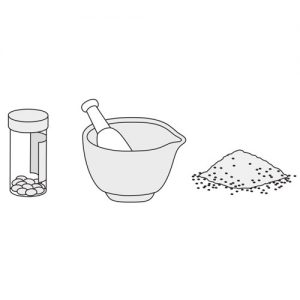Step 1: Anticipation

|
See the full description here
Summary:
Collaborate and form a team with your child. When you invest the time to form a strong team, children feel more comfortable and less anxious – this will help you complete the care with less stress – for you and your child.
Use these tips, from the start, to set the stage for a positive care procedure:
- Create the right moment: integrate the care in a routine.
- Alert your child to the needed care and communicate together.
- Form a team with your child: Encourage autonomy by offering realistic choices such as the method of distraction. Stay tuned to your child. Manage pain and anxiety, using distraction and positioning for comfort.
|
|
Step 2: Preparation
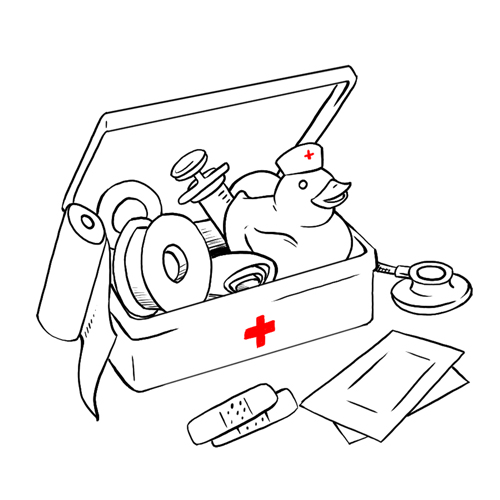
|
See the full description here
Summary:
- Prepare the environment: Identify a routine place for care. Close windows, doors and fans. Wash and dry the work surface and gather the needed materials for the care and to distract your child.
- Prepare your child: Get help if needed. Position your child for comfort to receive the care and start to use the selected distraction method.
- Prepare yourself: Find the right time when you are ready to provide the care safely. Review the list of care steps. Wash your hands.
Now that you are ready to start the care procedure, take the opportunity to encourage and praise your child.
|
|
Step 3: Procedure

|
See the full description here
Summary 3 key concepts:
- Safety: Carefully follow the care practice steps as you have been taught.
- Flexibility: Be ready to adjust according to your child’s reactions during the procedure. As needed, reposition or select an alternative distraction strategy. Follow your child’s pace and rhythm.
- Collaboration: Reassure your child, verbally and non-verbally. Acknowledge your child’s emotions and reactions. Help your child differentiate between the different sensations during a procedure.
|
|
Step 4: Prepare the material
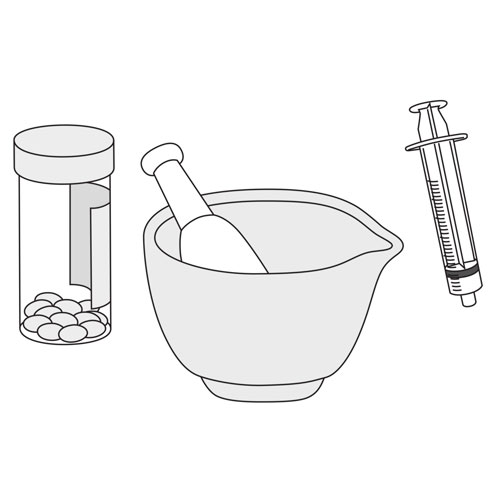
|
- Set up on a flat surface or a well-cleaned table.
- Gather and inspect all equipment to ensure that it is not damaged.
- Fill the syringe #1 with the amount of water recommended by your healthcare team.
Why ? This step ensures that the required materials are on hand in order to start the procedure.
|
|
Step 5: Position your child
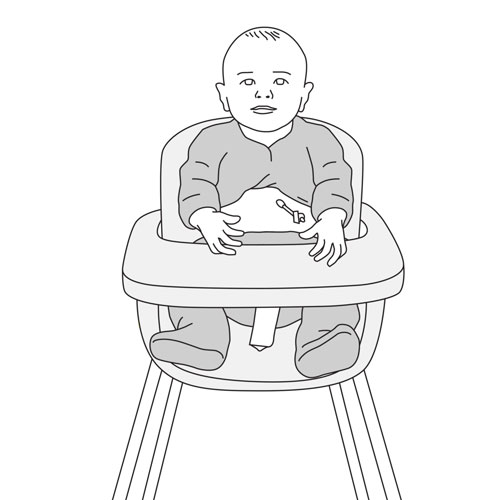
|
Place your child in a seated or semi-seated position according to your child’s comfort and capacity.
Why ? This position facilitates digestion and avoids aspiration of the medication into the lungs.
|
|
Step 6: Discontinue feeding session, if in progress
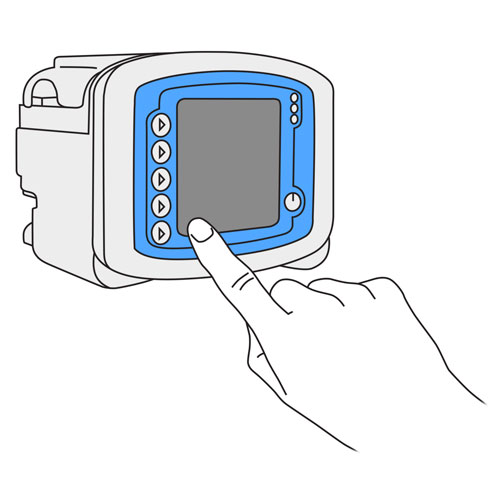
|
If the feeding session is not in progress, go to the next step.
- Turn off the pump.
- Close the clamp of the extension set.
- Disconnect the tubing from the extension set.
- Put a cap on the end of the tubing or place the end of the tubing on a clean compress.
- Then proceed to step 10.
Why ? Mixing medications and formula may cause problems such as: changing the effect of the medication or causing blockages. Temporarily stopping the formula feeding to give medications reduces these risks.
|
|
Step 7: Check the location of the button
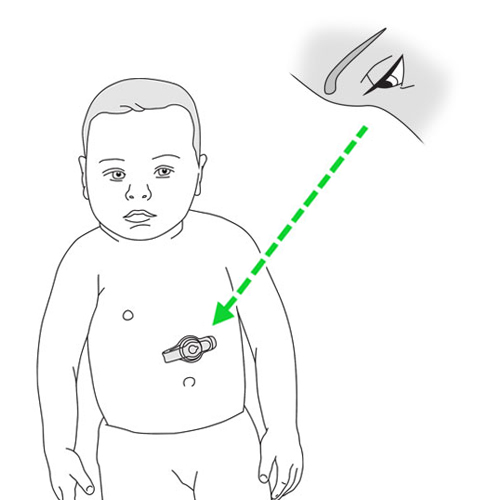
|
- Make a visual inspection your child’s button; check to see if it is intact.
- Check to see if the button is correctly in place and not pushed into the stoma, or too far out of the stoma.
Why ? This step ensures the safe use of the button.
|
|
Step 8: Irrigate the button extension set
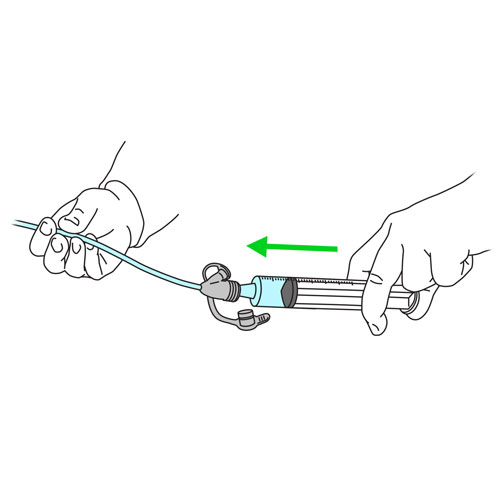
|
- Remove the cover from the feeding port or medication port, depending on the type of extension set.
- If the extension set has two ports, ensure that the feeding port remains closed throughout the procedure.
- Connect the #1 syringe to the end of the extension set.
- Make sure the extension set clamp is open.
- Depress the plunger of the syringe to inject water all the way to the end of the extension set.
- Close the clamp on the extension set.
- Leave the syringe connected to the extension set.
Why ? This step ensures that the extension set tubing is filled with water and ready to flush into the button feeding port.
|
|
Step 9: Connect the extension set to the button
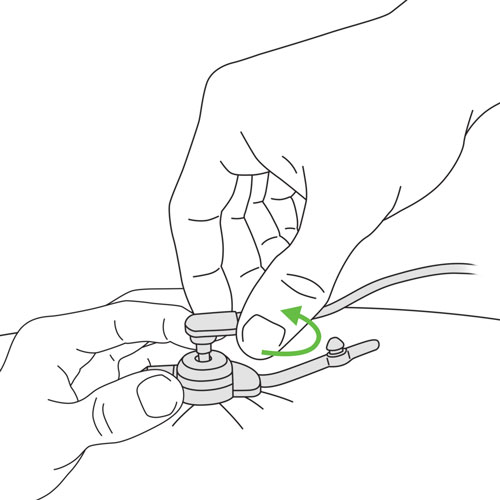
|
- Remove the cover from the button feeding port, if closed.
- Make sure the port is clean.
- Hold the sides of the button and insert the extension set into the feeding port.
- Lock the extension set into the button, according to the manufacturer’s instructions or those of your healthcare team.
Why ? This step prepares for verification of the button location and irrigation.
Holding the sides of the button helps to stabilize it during the installation of the extension set.
|
|
Step 10: Irrigate the button

|
- Open the clamp of the extension set.
- Slowly depress the plunger of the syringe #1 (already connected to the extension set) to push the water into the button.
- When the syringe is empty, close the clamp of the extension set.
- Disconnect the syringe #1.
- Replace the cover on the feeding port of the extension set.
Why ? This step clears the button and prevents blockage and possible interactions between the formula remaining in the button and the medication.
|
|
Step 11: Aspirate the medication into the syringe for the medication
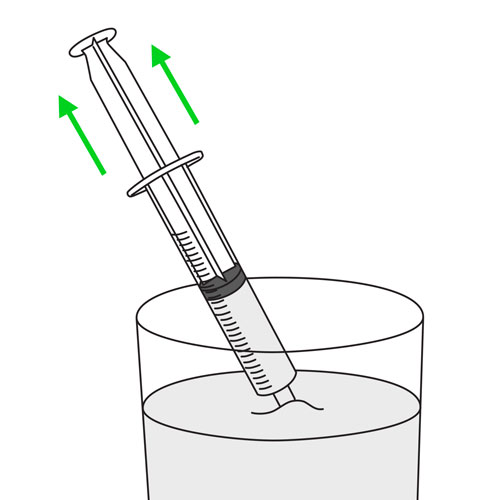
|
- Remove the protective cap from the feeding syringe #2.
- Dip the end of the syringe into the container and draw up the medication by pulling the plunger.
- Fill the syringe with the required amount of medication.
- Hold the syringe with the pointed end upwards and remove the air from the syringe by gently depressing the plunger until a drop of medication comes out of the tip of the syringe.
Why ? This step fills the syringe with the amount of medication to be given and removes the air from the syringe.
|
|
Step 12: Connect the syringe to the button extension set

|
- Remove the cover from the appropriate port of the extension set.
- Connect the #2 syringe into the extension port.
- Open the extension set clamp.
Why ? Connecting the syringe to the button extension set allows the medication to be given by push.
|
|
Step 13: Administer the medication
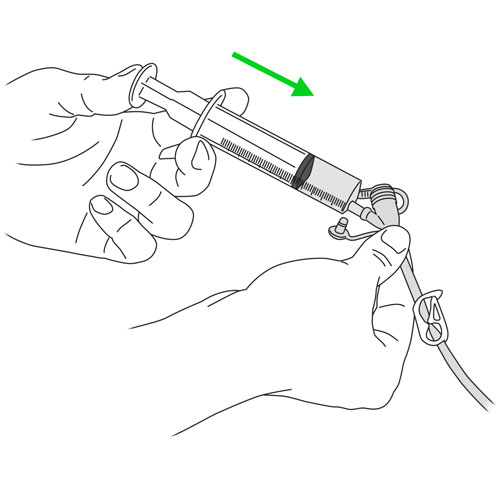
|
- Slowly depress the plunger of the syringe #2.
- Continue until your child has received all the medication.
Why ? This ensures that the medication reaches the stomach safely.
|
|
Step 14: Disconnect the syringe from the button extension set

|
When all the medication is administered:
- Close the button extension set clamp.
- Disconnect the syringe #2 from the extension set.
- Replace the cover on the extension set
Why ? This step clears the extension for irrigation.
|
|
Step 15: Irrigate the button

|
- Remove the cover from the extension set.
- Connect the syringe #1 to the end of the extension set.
- Open the clamp of the extension set.
- Slowly depress the plunger of the syringe #1 to push the water into the button.
- When the syringe is empty, close the clamp of the extension set.
- Disconnect the syringe #1.
- Replace the cover on the feeding port of the extension set.
Why ? This step ensures that all of the medication was given and reduces the risk of the button being blocked with left over traces of medication.
|
|
Step 16: Resume the feeding session, if necessary

|
Taking into account the time required after the administration of the medication, as indicated by your healthcare team:
- Reconnect the tubing to the nasal tube.
- Start the pump.
Why ? This step allows you to continue the temporarily stopped feeding session.
|
|
Step 17: Disconnect the button extension set

|
- Hold the sides of the button.
- Unlock the button extension set, as directed by the manufacturer or your healthcare team.
- Remove the extension set from the button feeding port.
- Put the cover on the button feeding port.
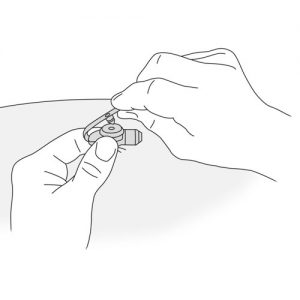
Why ? If the extension set is held in place, your child may accidentally pull on it and move the button, in addition to being cumbersome.
Holding the sides of the button helps stabilize the button while the extension set is being removed.
Closing the cover prevents leakage of the stomach contents through the button in between feeding sessions.
|
|
Step 18: Clean and store equipment
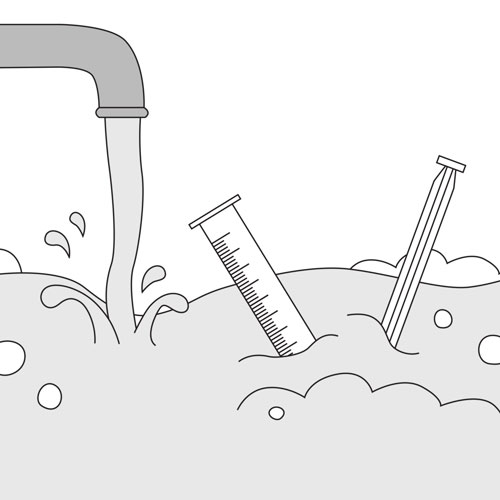
|
Clean, maintain and store equipment as recommended.
Why ? This step is necessary to ensure cleanliness and proper functioning of the equipment for the next use.
|
|
Step 19: Recovery
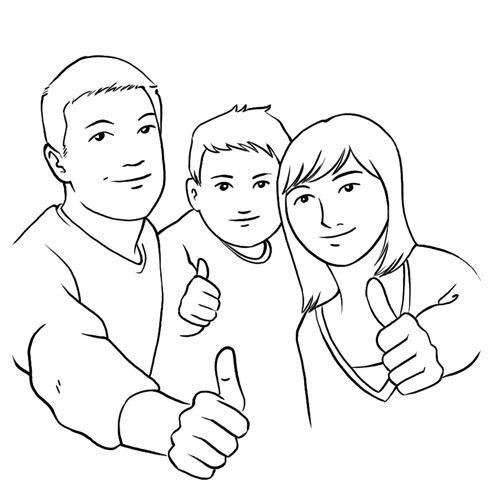
|
See the full description here
Summary:
The treatment is finished. Wash your hands again.
Be prepared to recognize the challenges faced and to provide positive feedback. Help your child recognize his/her strengths. Acknowledge the collaborative teamwork.
- Listen to what your child says about the parts of the procedure that were difficult or painful.
- Comfort your child and recognize your child’s collaboration with positive feedback.
- Highlight your child’s specific strengths that helped make the procedure positive.
- Discuss with your child what might be done the same or differently the next time the care is needed.
- Keep your promises if you have promised a reward, follow through.
- Reward yourself too.
|
|
![]()
